Masterpiece Story: Buddha Dated 338
Buddha dated 338 is a masterpiece of Buddhist art and Chinese art with deep historical significance. It exemplifies the early blending of Indian...
James W Singer 14 December 2025
12 September 2025 min Read
Elaine, the white lady of Shalott, was portrayed in a painting by John William Waterhouse escaping a tower where she was only able to see the world through a mirror and recreate life through the weaving of a tapestry.
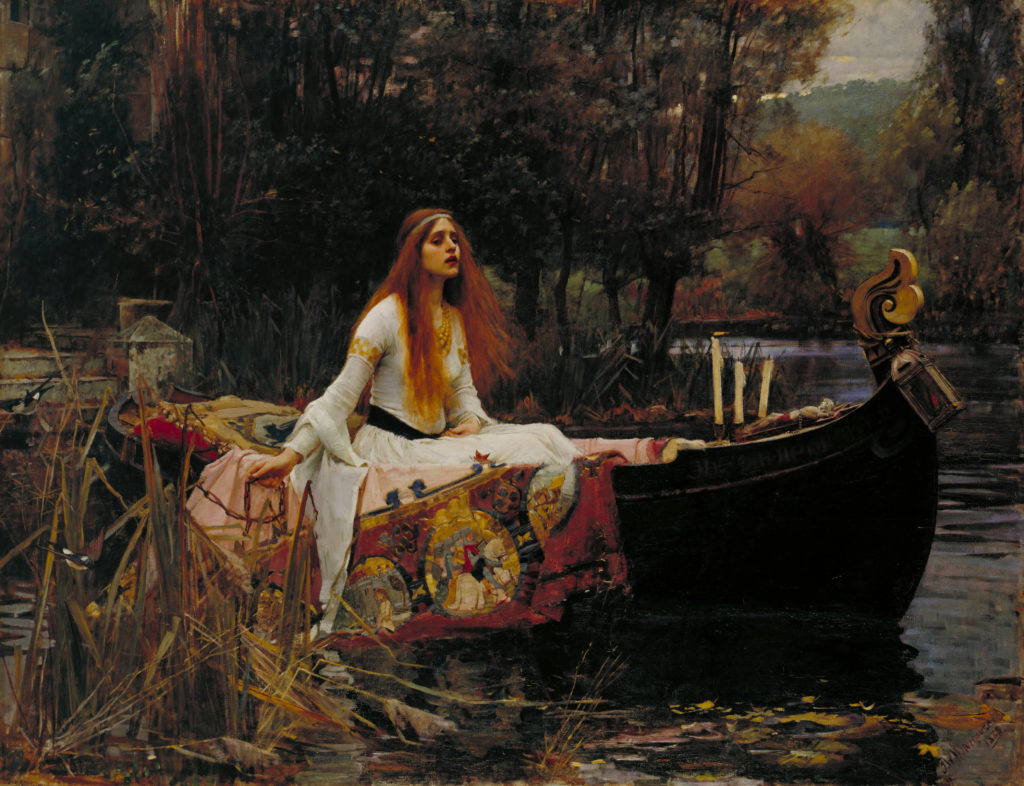
The Lady of Shalott is a lyrical ballad written by the English poet Alfred Tennyson. This poem is based on the Arthurian legend of Elaine of Astolat, as recounted in a 13th-century Italian novel titled Donna di Scalotta.
Tennyson’s enigmatic symbolism and vivid medieval romanticism inspired many painters, especially the Pre-Raphaelites, John William Waterhouse among them.
Waterhouse embraced the Pre-Raphaelite Brotherhood‘s style and subject matter. Many of his artworks were inspired by ancient Greek mythology and Arthurian legends.
The Lady of Shalott is one of the most famous paintings by Waterhouse painted in 1888. You can find this painting in the Tate Britain, London.
Elaine, who is forbidden to look outside at the world due to a curse, sees Sir Lancelot through her mirror as he is passing by on his horse. Elaine is compared to the island, presented as a part of the landscape, literally and symbolically embowered within it.
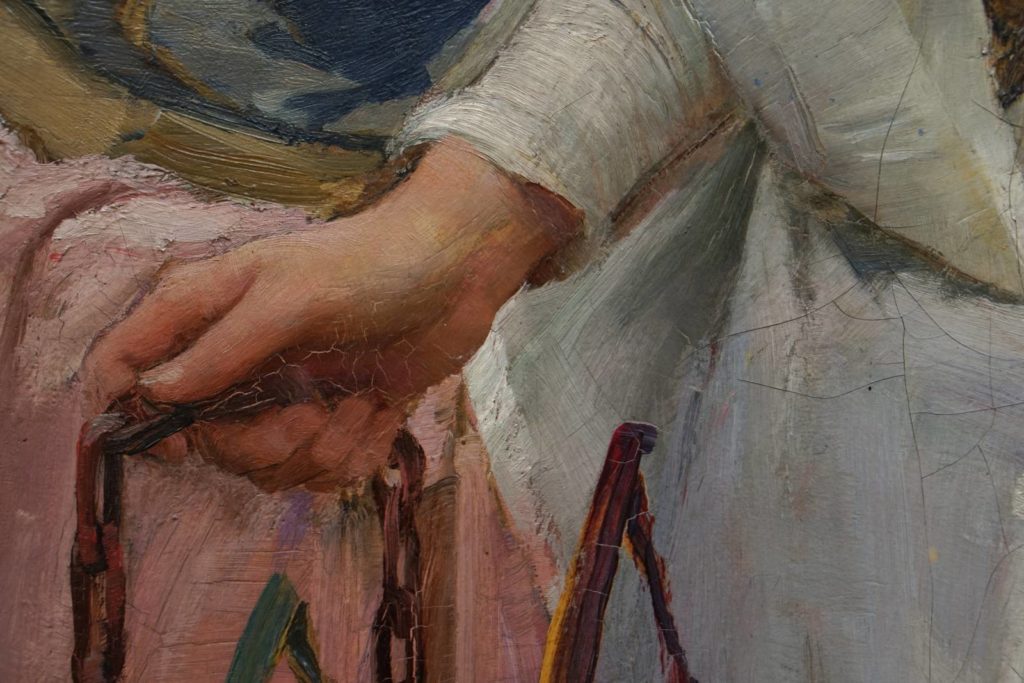
Lancelot’s arrival marks the beginning of Elaine’s tragic downfall; her fate is inextricably tied to him and what he symbolizes. Her reaction to Lancelot forces her to explore the natural world beyond her window and the confines of her mirror. As she confronts the reflection of her own “curse,” the mirror shatters, foretelling Elaine’s tragic demise. She escapes during the storm, on a small boat covered in her tapestry. Realizing the inevitability of her fate, she breaks her silence with a despairing cry. Soon, she freezes to death. Her lifeless body is discovered by the inhabitants of Camelot, including Lancelot, who honors her soul.
In the background of the painting, we observe a stark contrast in lighting. To the right, the light shines brightly, offering a glimmer of hope amid her curse and impending doom. Conversely, the left side is cast in darker, dimmer hues, symbolizing her awareness of the consequences she faces for breaking the curse.
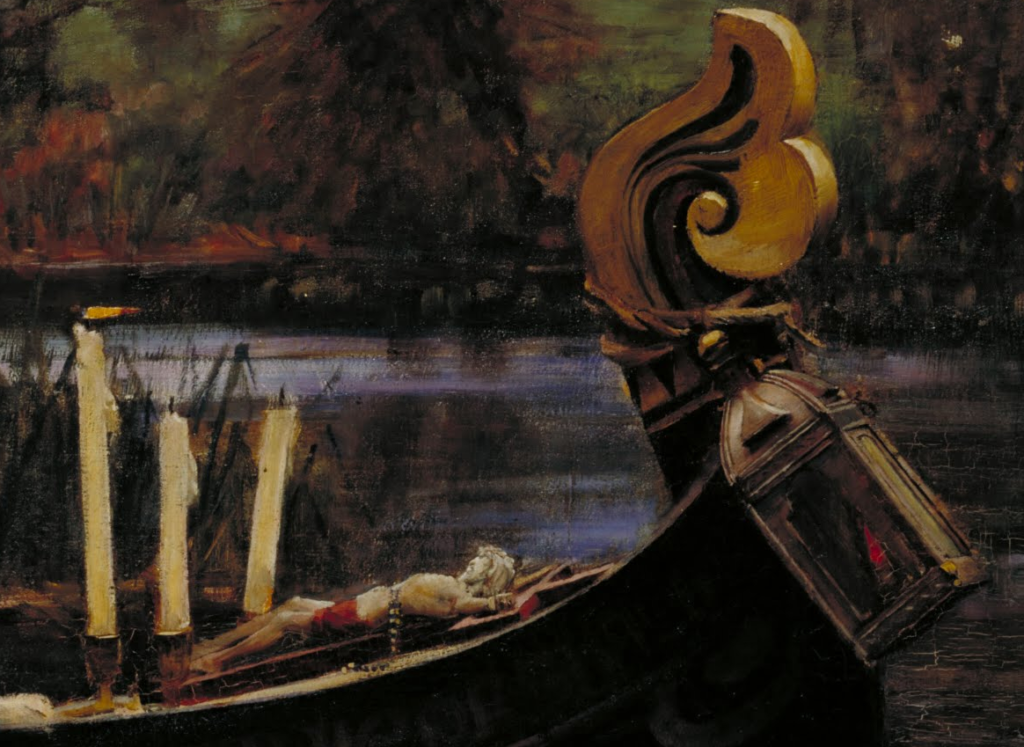
The candles represent her life: two of them are already blown up but the third one is still burning during the last moments of her life. Her white dress symbolizes purity, innocence, and love. Her facial expression highlights two possible feelings: melancholy and acceptance of death.
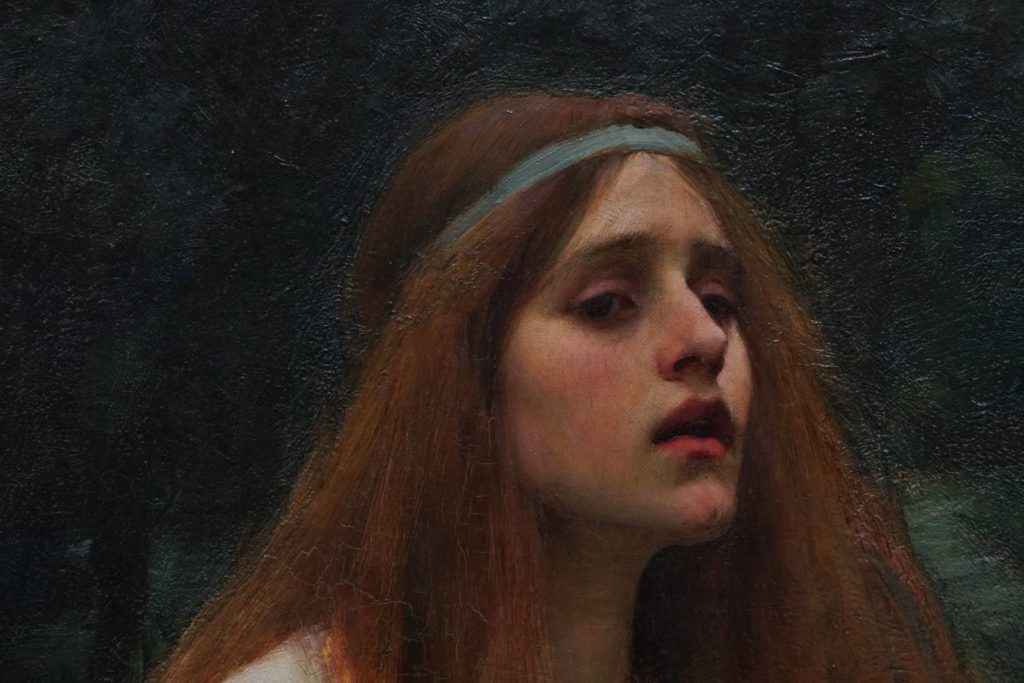
Elaine is representative of traditional 19th-century femininity, characterized by her passivity and her enclosure. She is “cursed” by her sexual desire, as Eve was cursed for “tempting” Adam. We can appreciate Waterhouse’s paintings where he portrays women’s desire to break free from the chains of the century.
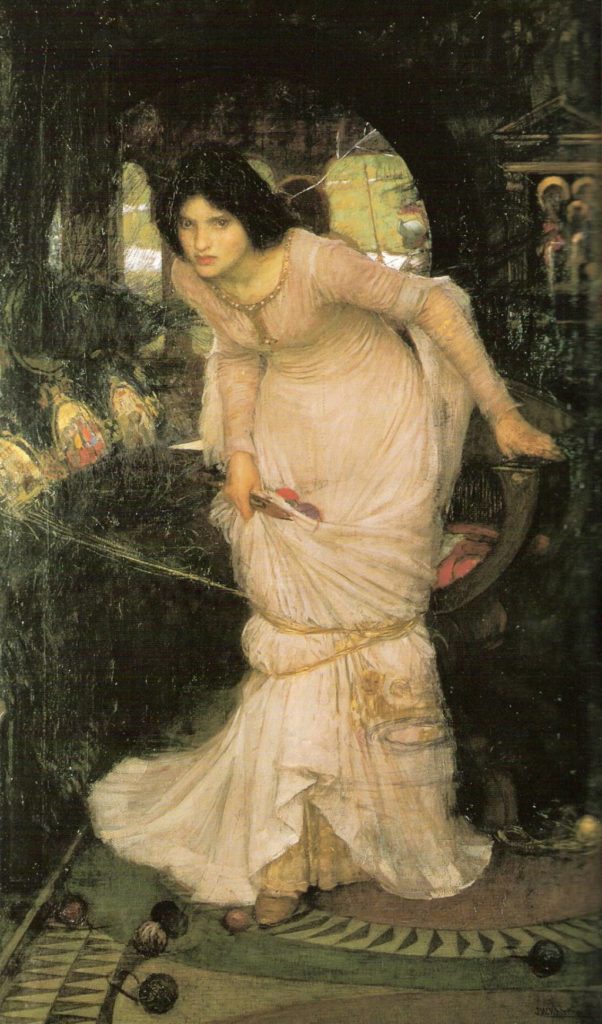
by Marta De La Iglesia Ramos
DailyArt Magazine needs your support. Every contribution, however big or small, is very valuable for our future. Thanks to it, we will be able to sustain and grow the Magazine. Thank you for your help!